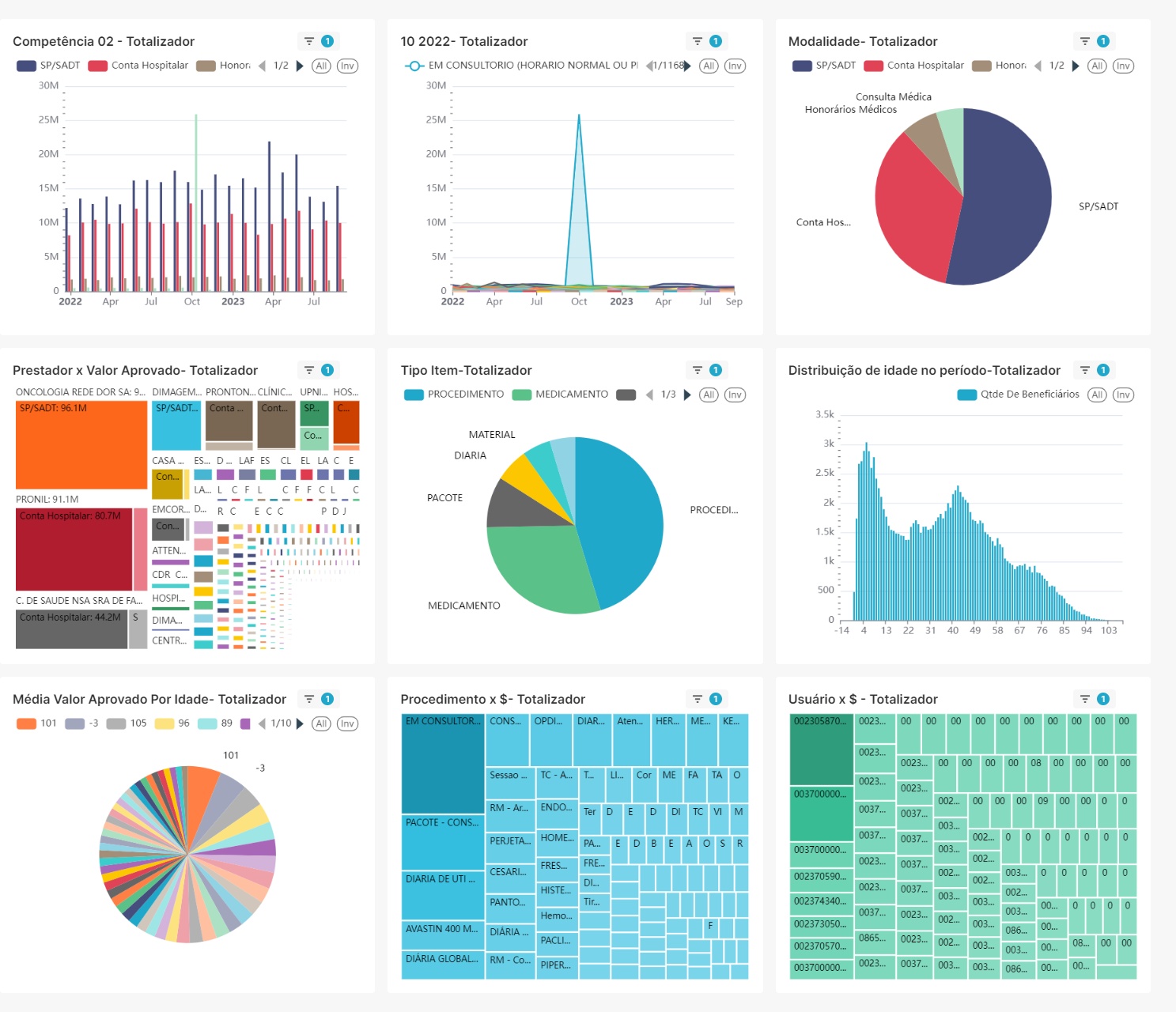Check out the advantages for your healthcare provider!

Define objectives and requirements
Before starting the implementation of Analytics SAUDI, it is important to define the specific objectives you want to achieve and the functional and technical requirements of the system. This will help guide the entire process and ensure that BI meets the company's needs.

Gather and integrate data
Analytics SAUDI depends on quality data for analysis. In the healthcare context, this may include patient data, clinical data, insurance and billing information, among others. You need to identify relevant data sources, gather that data, and integrate it into a centralized repository. It is also important to ensure compliance with privacy and security regulations such as GDPR and HIPAA.

Choose a BI tool
There are several BI tools available on the market, and it is important to choose the one that suits your company's needs. SAUDI Analytics allows data visualization and analysis in an intuitive and user-friendly way, facilitating the extraction of insights and the creation of interactive reports and dashboards.

Develop templates and dashboards
With Analytics SAUDI it is possible to develop the necessary models and panels. Models are responsible for transforming raw data into useful information through queries and algorithms. Dashboards are visual interfaces that allow you to interact with data, providing relevant charts, tables, and key performance indicators (KPIs).

Train the team
To make the most of SAUDI Analytics, it is essential to train staff to use it effectively. This may include training on the BI tool itself, as well as on interpreting data and making evidence-based decisions.

Monitor and adjust
Once SAUDI Analytics is implemented, it is important to monitor its performance and make adjustments as necessary. This involves tracking usage metrics, evaluating the effectiveness of analytics, and making continuous improvements to the system.



